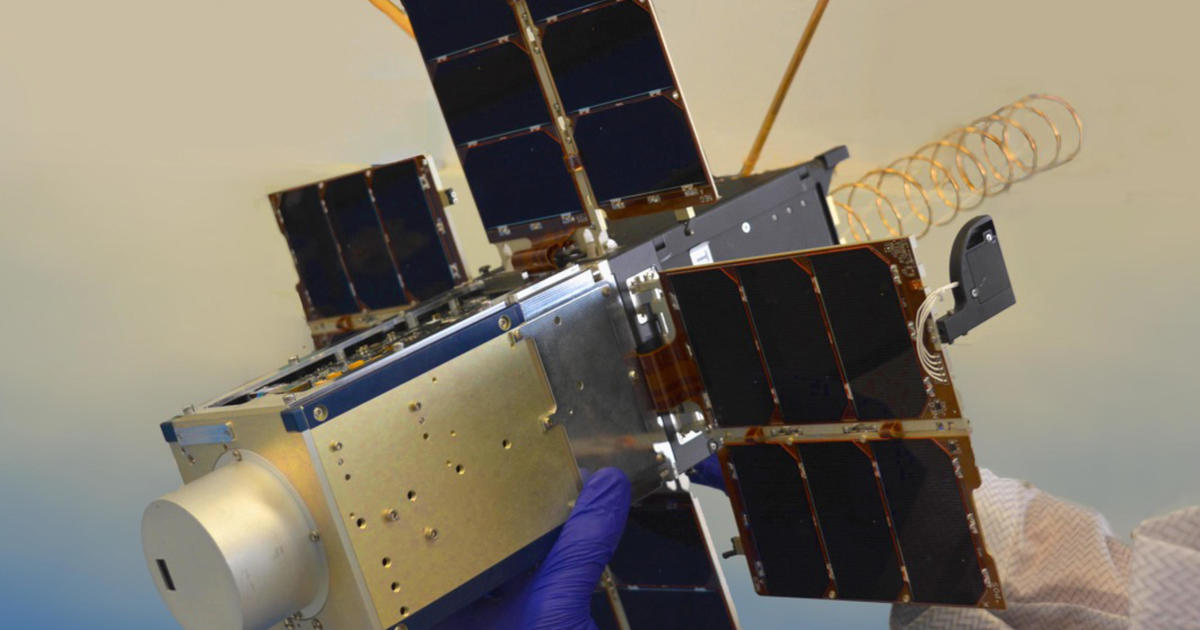
NASA's new "NACHOS" instrument could help predict volcanic eruptions
CBSN
NASA has launched a new prototype instrument that it hopes will help predict volcanic eruptions. Weighing in at just 13 pounds, the instrument will be the smallest space-based device — with the highest resolution — dedicated to observing gases like sulfur dioxide and nitrogen dioxide that can be harbingers of volcanic activity, NASA announced Tuesday.
The instrument is still just a prototype, but NASA plans to deploy the diminutive device, which launched aboard a recent resupply mission the the International Space Station, in May 2022. Named the "Nanosat Atmospheric Chemistry Hyperspectral Observation System," or NACHOS, it will be able to detect gases in areas as small as .15 square miles, which is roughly the size of the Mall of America, NASA said.
"A dormant volcano just waking up may emit [sulfur dioxide] before there is any detectable seismic activity. That gives us a chance to identify a potentially erupting volcano before it actually blows," Steve Love, a researcher with the Space and Remote Sensing Group at the Department of Energy's Los Alamos National Laboratory, said in a NASA press release.
